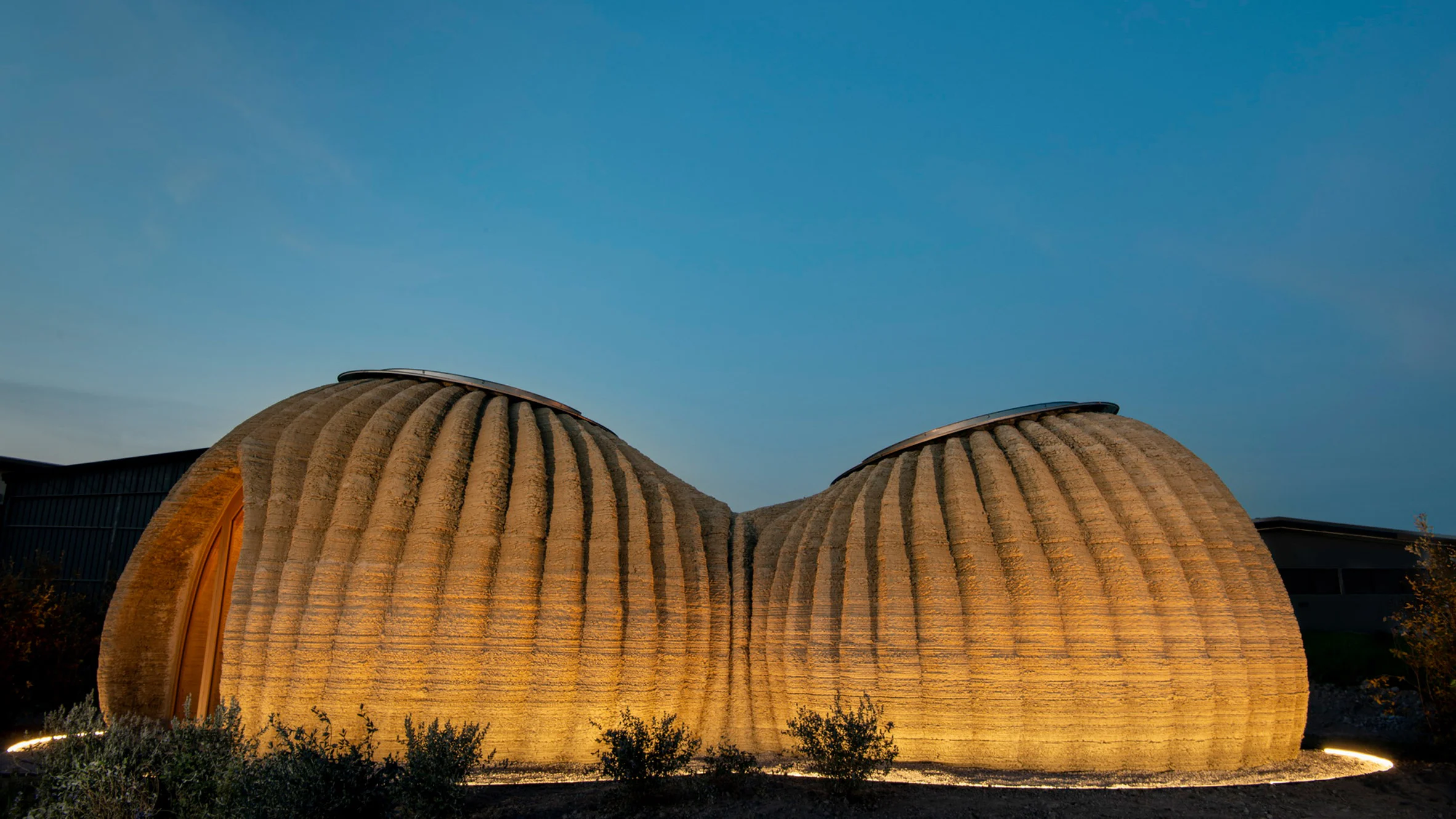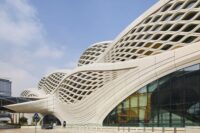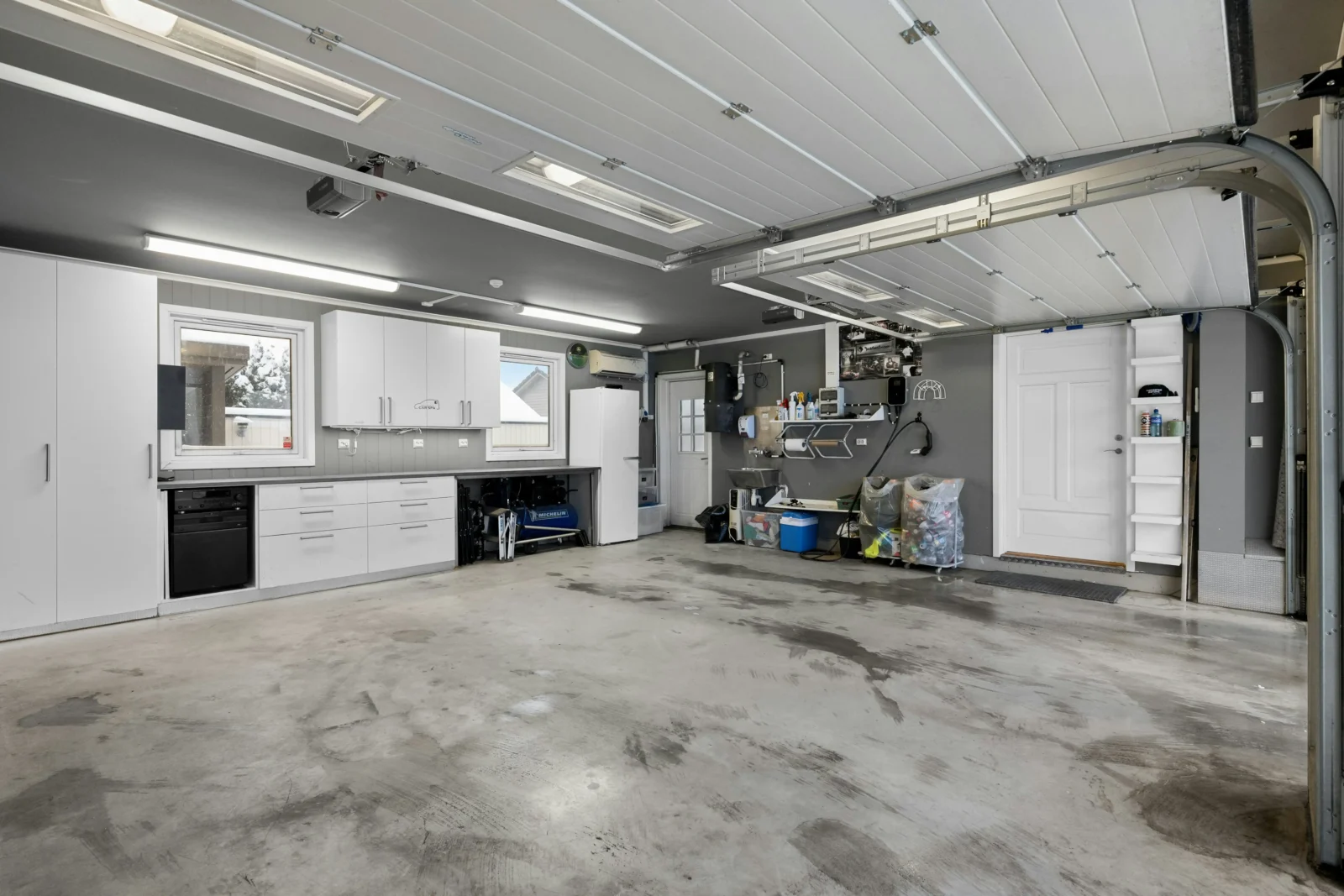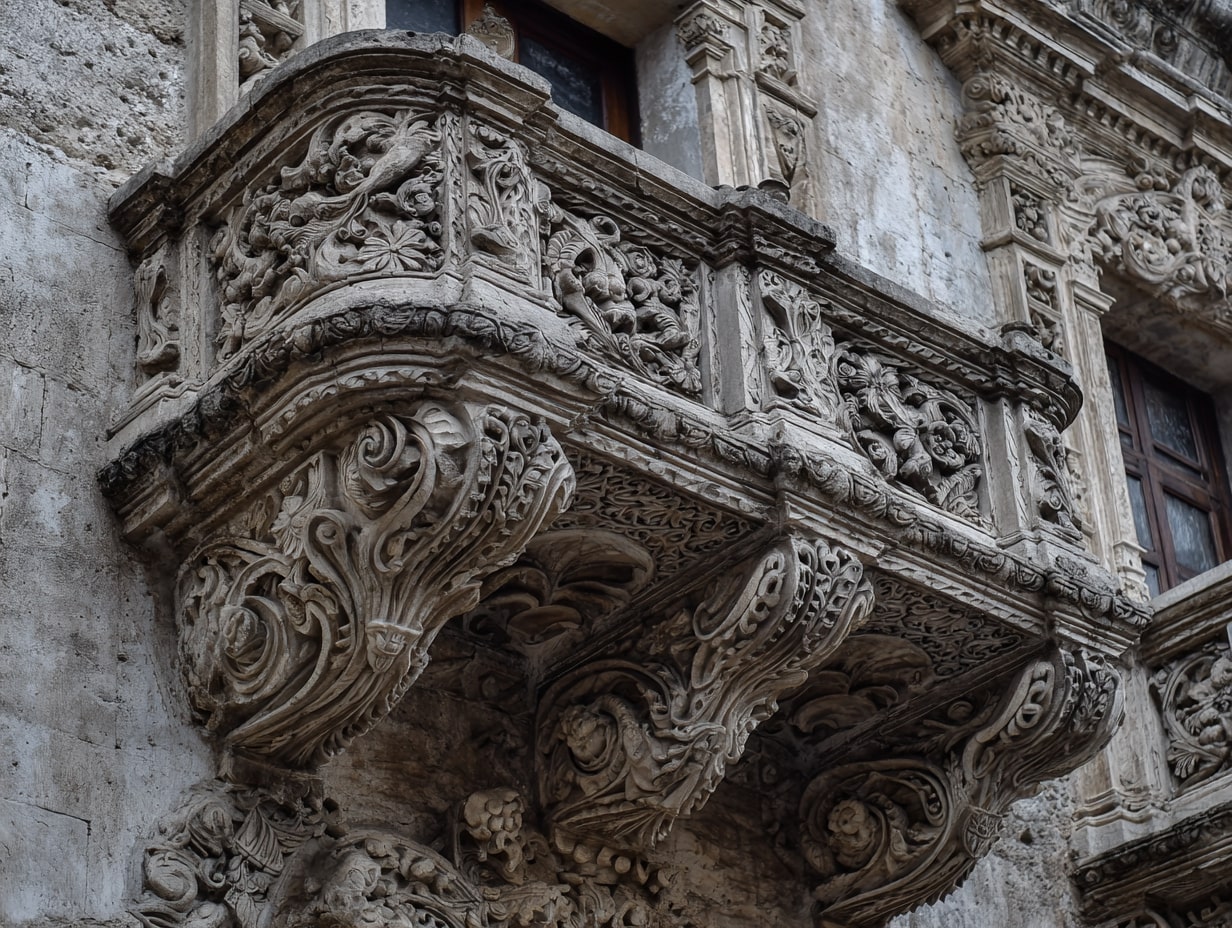- Home
- Articles
- Architectural Portfolio
- Architectral Presentation
- Inspirational Stories
- Architecture News
- Visualization
- BIM Industry
- Facade Design
- Parametric Design
- Career
- Landscape Architecture
- Construction
- Artificial Intelligence
- Sketching
- Design Softwares
- Diagrams
- Writing
- Architectural Tips
- Sustainability
- Courses
- Concept
- Technology
- History & Heritage
- Future of Architecture
- Guides & How-To
- Art & Culture
- Projects
- Interior Design
- Competitions
- Jobs
- Store
- Tools
- More
- Home
- Articles
- Architectural Portfolio
- Architectral Presentation
- Inspirational Stories
- Architecture News
- Visualization
- BIM Industry
- Facade Design
- Parametric Design
- Career
- Landscape Architecture
- Construction
- Artificial Intelligence
- Sketching
- Design Softwares
- Diagrams
- Writing
- Architectural Tips
- Sustainability
- Courses
- Concept
- Technology
- History & Heritage
- Future of Architecture
- Guides & How-To
- Art & Culture
- Projects
- Interior Design
- Competitions
- Jobs
- Store
- Tools
- More
The Architectural Revolution: How 3D Printing is Shaping the Buildings of Tomorrow

In the ever-evolving landscape of architecture and construction, a groundbreaking revolution is quietly taking shape, promising to redefine the way buildings are designed, constructed, and experienced. At the heart of this transformative movement is 3D printing technology, a tool that has already begun to impress its mark on various industries, from manufacturing to healthcare. However, it is within the realm of architecture that 3D printing’s potential for innovation becomes truly monumental, heralding an era of unprecedented creativity, efficiency, and sustainability. This article delves into how 3D printing technology is shaping the buildings of tomorrow, exploring its applications, benefits, and the challenges it presents.

Table of Contents
ToggleUnleashing Creativity and Innovation
The advent of 3D printing in architecture has liberated designers and architects from the constraints of traditional construction methods. With the ability to create complex, bespoke shapes and structures that were previously difficult or impossible to construct using standard techniques, architects can now realize their most ambitious visions. This freedom has led to the emergence of buildings with unique, organic forms, and dynamic designs that push the boundaries of conventional architecture. From intricate façades to optimized structural components, 3D printing encourages a level of creativity and innovation that aligns with the futuristic landscapes we’ve only seen in science fiction.

Enhancing Efficiency and Reducing Waste
One of the most compelling advantages of 3D printing in architecture is its potential to streamline construction processes and reduce material waste. Traditional construction methods often involve the manufacturing and transportation of excess materials, many of which end up unused and discarded. In contrast, 3D printing operates on an additive manufacturing principle, where materials are deposited layer by layer to form structures, significantly minimizing waste. Additionally, the precision of 3D printers ensures that materials are used efficiently, further contributing to the sustainability of construction projects. This not only leads to cost savings but also aligns with the growing imperative for environmentally responsible building practices.
Pioneering Sustainable Solutions
Sustainability is at the forefront of the architectural agenda, and 3D printing is poised to play a pivotal role in advancing eco-friendly construction. By enabling the use of a wider range of materials, including recycled plastics and sustainable composites, 3D printing promotes the development of buildings with a lower environmental footprint. Furthermore, the technology facilitates the design of energy-efficient structures through optimization of thermal properties and sunlight penetration, enhancing the sustainability of buildings from their construction to their daily use.

Overcoming Challenges and Looking Ahead
Despite its promising prospects, the integration of 3D printing into mainstream architectural practices is not without challenges. Technical limitations, such as the size of printable structures and the speed of construction, are ongoing concerns. Additionally, there is a need for regulatory frameworks to adapt to this new mode of building, ensuring safety and compliance without stifling innovation.
Nevertheless, the future of 3D printing in architecture is undeniably bright. As technology advances, we can expect to see larger, more complex structures being printed with greater speed and efficiency. Moreover, the continued exploration of new materials and printing techniques will further expand the possibilities of what can be achieved.

The architectural revolution fueled by 3D printing technology is only in its infancy, but its impact is already undeniable. By fostering creativity, enhancing efficiency, and promoting sustainability, 3D printing is not just shaping the buildings of tomorrow; it is redefining the very essence of architecture. As we stand on the brink of this new era, it is clear that the fusion of technology and creativity will continue to push the boundaries of what is possible, heralding a future where our built environment is as limitless as our imagination. In this revolution, buildings are not just constructed; they are printed, layer by layer, into existence, embodying the dreams of designers and the needs of their inhabitants in equal measure. The architectural landscape of tomorrow awaits, and it is nothing short of extraordinary.
Submit your architectural projects
Follow these steps for submission your project. Submission FormLatest Posts
Exterior Enhancements That Turn Every Entrance Into A Showcase
The front of a home sets expectations before anyone touches the handle....
Are Organic Bamboo Sheets Worth the Investment?
When it comes to getting a good night’s sleep, the quality of...
Converting Garages to Living Spaces: Structural Changes That Require Professional Engineering
When considering a garage conversion to extend your home’s living space, understanding...
A Beginner’s Guide to Architectural Details
Architectural details explained for beginners: clear terms, key joints, proportions, climate-smart specs,...












Leave a comment